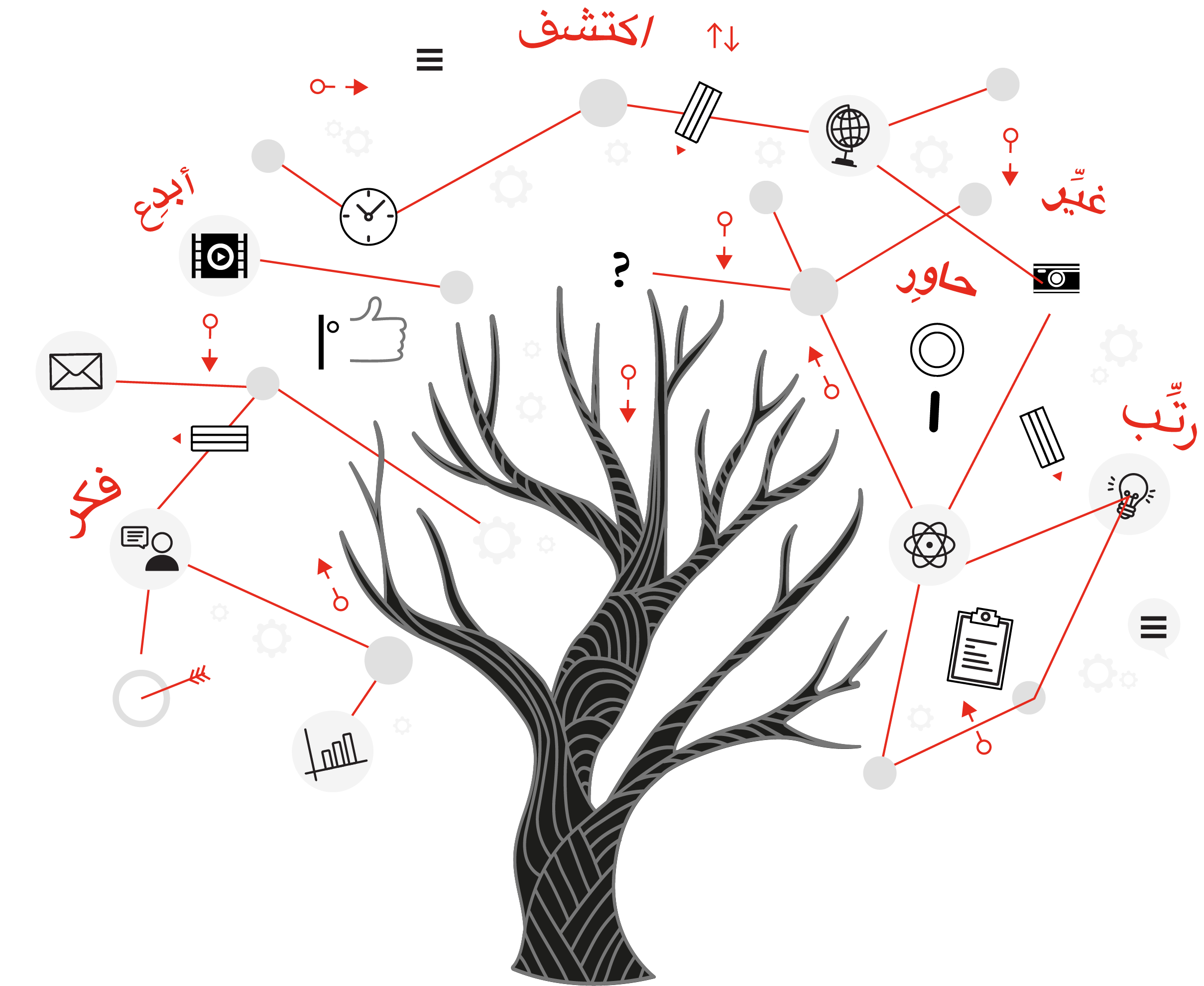Why we should say no to positivity — and yes to our negative emotions
Rose Wong
It sounds paradoxical, but accepting our negative emotions can actually make us happier in the long run. Psychologist Susan David explains how.
Most of us have been told to “Cheer up” or “Look on the bright side” by well-meaning family and friends. Sometimes, it’s because they see us looking sad, angry, anxious or frustrated, but it can also happen because we look pensive, uncertain or just about any state other than joyful. While we may be tempted to tell them “Stuff it,” we don’t because, well, feelings.
Next time, feel free to do so (but please be polite). “Being positive has become a new form of moral correctness,” says psychologist Susan David, founder and codirector of the Institute of Coaching at McLean Hospital of Harvard University Medical School, an instructor in psychology at Harvard, and author of Emotional Agility (read an excerpt here).
Suppressing or turning away from our difficult emotions is not healthy or helpful, says David. “What happens is, it undermines our ability to deal with the world as it is, not as we wish it to be,” she says. “This is associated with lower levels of resilience, lower levels of wellbeing, and higher levels of depression and anxiety. And it also impacts our relationships and our ability to achieve our goals.”
So, what should we do instead?
“Instead of pushing it aside or forcing positivity, one critical way of dealing with a difficult emotion is to label it effectively. In my work, so often people will use very black-and-white labels to describe how they’re feeling,” says David. “‘Stressed’ is one of the most common ones. But there’s a world of difference between the stress of true overwhelm, stress because you’re disappointed, or the stress of knowing you’re in the wrong job or the wrong relationship. When we can label our emotions more accurately, it helps us understand the cause of those emotions and activates what’s called a ‘readiness potential,’ your ability to set goals and to make real concrete changes.”
Next, when you identify your emotion, “notice the emotion with compassion. People frequently think that compassion is about being weak or lazy or lying to yourself,” says David. “Actually compassion allows you to create a safe space within yourself in which you are then able to take more risks. You’re able to explore the world, and you’re able to be more effective, because you know that if things don’t go right that you will still like yourself, you’ll still be kind to yourself. Compassion is associated with greater levels of effectiveness.”
Finally, “try to notice the emotional story for what it is,” says David. Create some space between you and what you’re feeling by acting as an observer and naming all the dimensions of your experience. Instead of simply saying “I’m sad,” she suggests, “say something like, ‘I’m noticing that I’m feeling sad, I’m noticing that I’m feeling undermined, I’m noticing the urge to leave the room.’ This allows you to bring other parts of yourself — such as your values and your intentions — forward.” Doing this also puts you in charge rather than the emotion. “What’s more important is not whether you have negative thoughts or emotions but whether you get hooked into them,” she says, “which is when those thoughts start to drive your behaviors and your interactions.”
Watch her TEDWomen Talk now:

